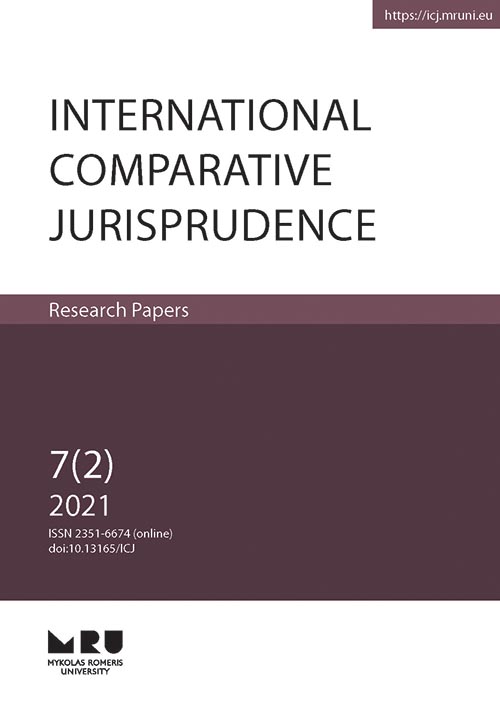THE SOVIET CRACKDOWN ON LITHUANIAN PARTISAN MOVEMENTS (1946–1956) – A GENOCIDE? BACKGROUND DELIBERATIONS ON THE ECHR JUDGMENT IN DRĖLINGAS V. LITHUANIA
##plugins.themes.bootstrap3.article.main##
Abstract
The present contribution deals with the question of whether the sufferings inflicted upon the Lithuanian population during the Soviet anti-insurgency and Sovietization campaigns of the 1940s and 1950s amounted to genocide under international law. Proceeding from the factual findings of the ECHR’s much-noticed judgments in the cases of Vasiliauskas v. Lithuania (2015) and Drėlingas v. Lithuania(2019), it is argued that these historical incidents – although constituting a borderline case – did not pass the legal threshold of genocide, neither in terms of “physical genocide” nor under the contested concept of “social” or “cultural genocide”. As regards physical genocide, it cannot be sufficiently ascertained that the targeted fraction of the protected group of ethnic Lithuanians reached the numeric threshold of a substantial “part” of the group under the definition of genocide. In view of social/cultural genocide, this article purports that Soviet policy-makers might indeed have acted with the intent to culturally destroy a sufficient part of the group, but lacked the required genocidal motive.
##plugins.themes.bootstrap3.article.details##
Authors contributing to International Comparative Jurisprudence agree to publish their articles under a Creative Commons Attribution-NoDerivatives 4.0 International Public (CC BY-NC-ND) License, allowing third parties to share their work (copy, distribute, transmit) and to adapt it, under the condition that the authors are given credit, and that in the event of reuse or distribution, the terms of this license are made clear.








